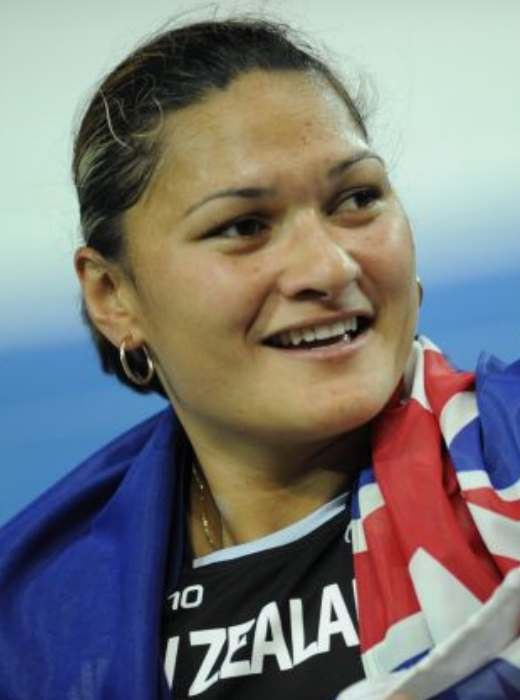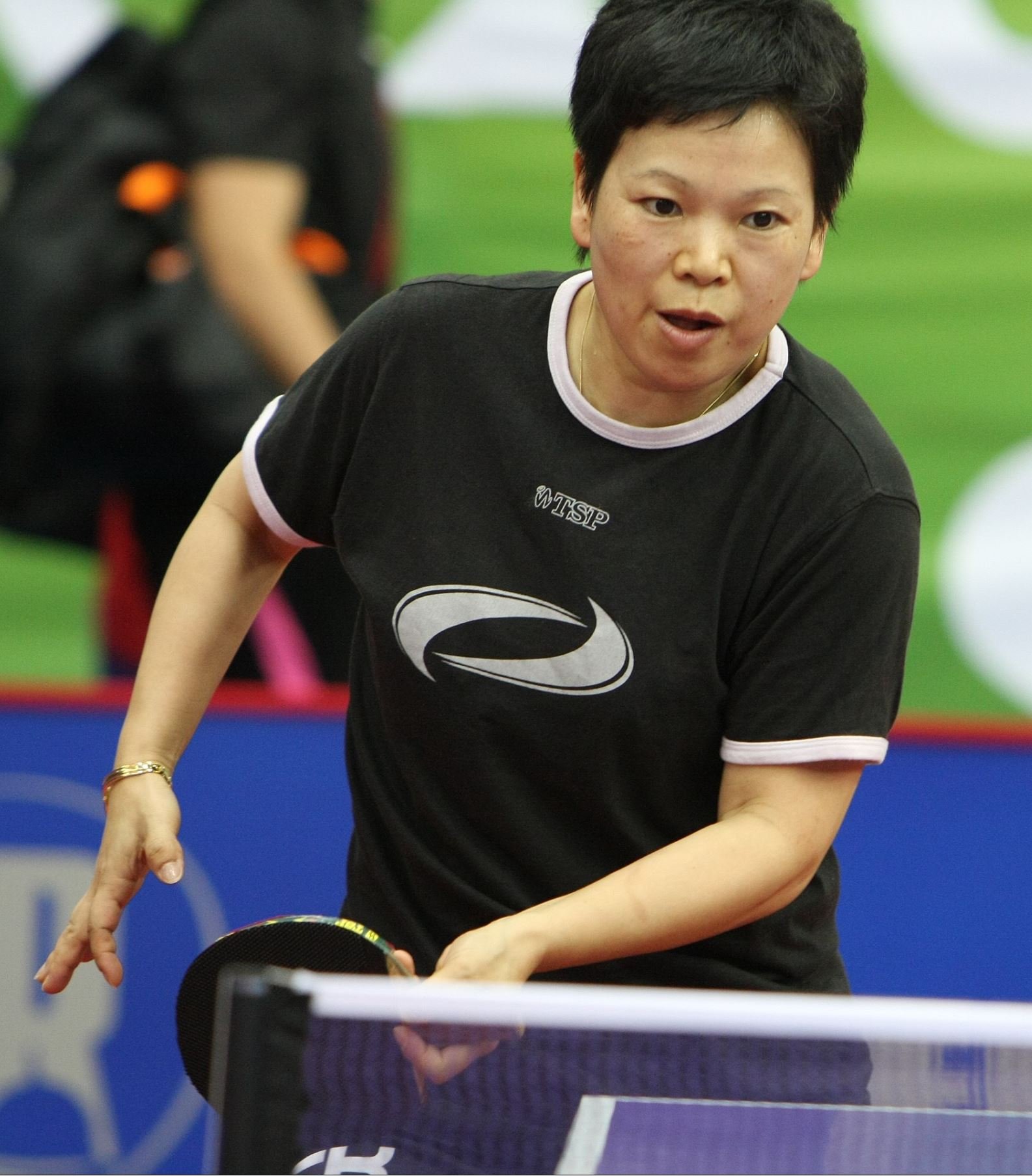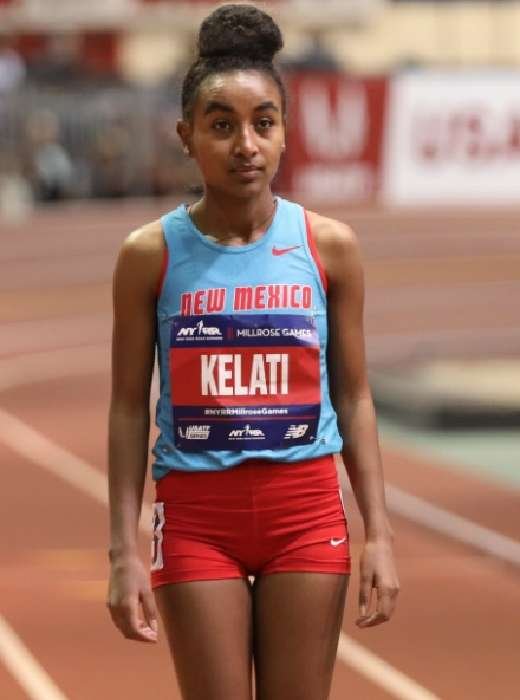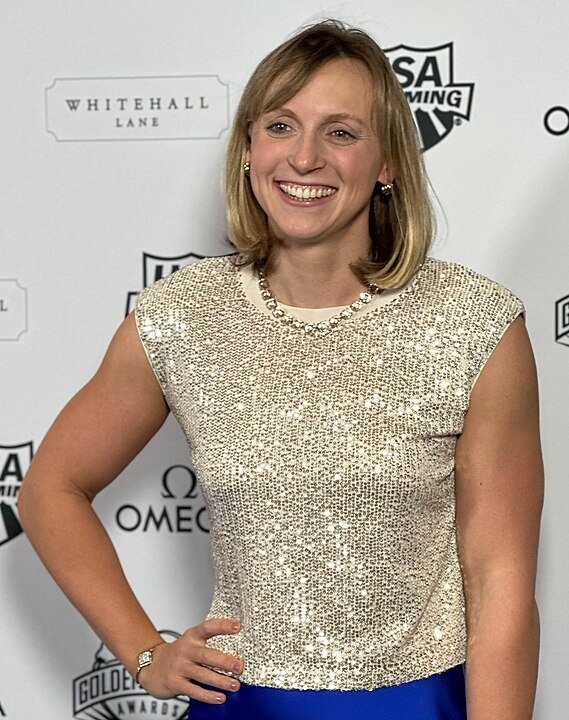How a shy Tongan-English kid from Mangere became the most dominant shot putter of the modern era – and why her story matters more than ever.
Picture this: A 15-year-old girl sits beside her dying mother’s hospital bed, watching the 2000 Sydney Olympics flicker across a small TV screen. Her mother, Lilika Ngauamo, is losing her battle with cancer, and young Valerie Kasanita Adams is about to lose the one constant in a childhood already marked by poverty, bullying, and instability. But in that moment – surrounded by beeping machines and the antiseptic smell of inevitable goodbye – something ignited. A dream. A purpose. A promise.
Twenty-two years later, that same girl would become Dame Valerie Adams, New Zealand’s most decorated Olympian, holder of four consecutive world titles, and arguably the greatest clean shot putter of the modern era. Her story isn’t just about throwing a 16-pound sphere farther than anyone else – it’s about transforming trauma into triumph, and redefining what it means to be a champion in an era where cheating ran rampant.
But we’re getting ahead of ourselves. Let’s rewind to Rotorua, 1984.
The Making of a Fighter
Valerie Adams was born into complexity. Her father, Sydney Adams, was an Englishman with eighteen children scattered across continents – a genetic lottery that would eventually bless Valerie with freakish height and athletic prowess, but initially made her childhood hell. Her mother, Lilika, was Tongan royalty of sorts, carrying the strength and dignity that would become Valerie’s foundation. When her parents separated during her preschool years, mother and daughter fled to Mangere, a working-class Auckland suburb where survival often meant stretching one meal across an entire day.
“I was this really tall, awkward kid getting picked on constantly,” Valerie Adams would later reflect.
The bullying was relentless – her height making her an easy target in a world where being different meant being vulnerable. She became withdrawn, shy, a shadow of the commanding presence she’d eventually become. Those early years of adversity, marked by financial hardship and social isolation, were forging something unbreakable inside her – though she wouldn’t realize it for years.
Then came September 2000. Cancer claimed Lilika when Valerie Adams was just 15, ripping away her anchor, her protector, her biggest fan. In a cruel twist of timing, her stepfather kicked her out shortly after the funeral. Here was a teenager, grieving and homeless, with nowhere to turn.
Enter Kirsten Hellier.
The Coach Who Became a Mother
If this were a Hollywood script, critics would call Hellier’s arrival too convenient, too perfectly timed. But real life often delivers exactly what we need, exactly when we need it most. Hellier, a former javelin thrower, had spotted something special in the gangly teenager who’d started throwing shot put just to have somewhere to channel her restless energy.
“I really saw Kirsten as a mother figure,” Valerie Adams would later say. “When I needed a place or somewhere to stay because after my mum died my stepfather kicked me out of the house, I then became part of the family.”
For eleven years, Hellier would be more than a coach – she was guardian, mentor, and the steady hand that guided Adams from promising junior to world-beater. Their relationship transcended sport, proving that sometimes the most important victories happen outside the arena.
Under Hellier’s guidance, Adams’s natural gifts finally had direction. That same height that made her a target for bullies? Perfect for generating power in the throwing circle. Those long limbs that made her feel awkward? Ideal for the technical precision shot put demanded. Within six months of taking up the sport seriously, she was breaking school records. Within a year, she was representing New Zealand internationally.
The Rapid Rise of Valerie Adams
The progression was nothing short of stunning. World Youth champion at 17. World Junior champion at 18. Commonwealth Games silver medalist – still a teenager – with a throw that shattered national records. Adams was ascending through the junior ranks with the kind of dominance that made seasoned coaches take notice and competitors everywhere else start worrying.
“Athletics is a lonely sport, but I liked the fact that I was challenged individually,” she explained. “What also drew me to athletics was I had to take full responsibility for my performances.”
That individual accountability would become her trademark – a refusal to make excuses, a commitment to owning every result, good or bad. It’s a mentality that served her well as she transitioned to senior competition, where the margins are thinner and the competition exponentially fiercer.
Her 2004 Olympics debut in Athens – ninth place, later upgraded to seventh after disqualifications – came just weeks after an emergency appendectomy. Most athletes would have withdrawn. Adams competed anyway, establishing early that she didn’t just have talent; she had something deeper. Something unbreakable.
The Decade of Dominance
What followed was perhaps the most sustained period of excellence in modern shot put history. Between 2007 and 2014, Adams didn’t just win – she obliterated competition. Four consecutive outdoor World Championship gold medals. Four consecutive indoor World Championship golds. Two Olympic titles. A winning streak that, depending on how you count doping disqualifications, extended to either 56 or 107 consecutive competitions.
Let that sink in for a moment. In a sport where millimeters determine medals, where one bad throw can end a season, Adams went nearly a decade without losing when it mattered most.
Her personal best – 21.24 meters at the 2011 World Championships – remains a championship record. But the numbers only tell part of the story. What made Adams truly special wasn’t just her dominance; it was how she dominated. Clean. Consistent. Uncompromising.
“The only drugs I’m on is some kiwi fruit, some lamb from New Zealand and some cows. And good genes,” became her signature line – part joke, part manifesto, entirely authentic.
Fighting the Cheaters
Adams’s career unfolded during athletics’ darkest period, when systematic doping turned world-class competition into elaborate pharmaceutical theater. She didn’t just compete against other athletes; she competed against entire state-sponsored cheating programs. And she won anyway.
The most gut-wrenching example came at the 2012 London Olympics. Adams finished second to Belarus’s Nadzeya Astapchuk, watching someone else celebrate on the podium that should have been hers. It “totally sucked,” she admitted, though she considered herself “lucky” when Astapchuk’s positive drug test was discovered relatively quickly – unlike many cases that took years to uncover.
Her response to the doping epidemic was characteristically direct: “Once a cheater always a cheater – you should be banned for life. Kick them all out, none of this back after two years stuff.”
This wasn’t empty rhetoric. Adams became athletics’ most vocal clean sport advocate, supporting other athletes who took principled stands and never wavering in her belief that competition should reward talent and hard work, not pharmaceutical innovation.
Personal Battles, Public Victories
The 2010 season brought Adams’s first real taste of vulnerability. Her marriage to New Caledonian discus thrower Bertrand Vili crumbled amid what she diplomatically called “marital troubles.” The divorce coincided with a rare losing streak and her split from longtime coach Hellier – a perfect storm of personal and professional upheaval that would have ended lesser careers.
Instead, it marked the beginning of Valerie Adams’s most remarkable chapter.
After the 2016 Rio Olympics, where she earned silver, Adams faced a different kind of opponent: her own body. Diagnosed with endometriosis, she discovered that natural conception would be impossible. In Pacific Island culture, infertility carries devastating stigma – families whisper about curses and wrongdoing when children don’t come naturally.
Valerie Adams chose transparency over silence, publicly sharing her IVF journey and challenging cultural taboos head-on. “I never envisioned that having children was going to be as difficult as it was,” she admitted, but her openness transformed personal struggle into public advocacy.
Redefining Motherhood in Elite Sport
In October 2017, daughter Kimoana arrived via cesarean section. Six months later, Adams was back on the podium, winning Commonwealth Games silver. Son Kepaleli followed in March 2019, and still Adams continued competing at the highest level.
“Being a mother has given my life some balance,” she reflected, but balance undersells what she accomplished. At an age when most power athletes have long since retired, Valerie Adams was rewriting the narrative around athlete-mothers, proving that elite performance and family life weren’t mutually exclusive.
Her Tokyo 2020 bronze medal – earned at age 36, five years after most shot putters peak – felt like gold.
“I’ve won gold twice, and this felt like a gold-medal result to me,” she said, and you could hear the satisfaction in her voice. This wasn’t just about the medal; it was about proving that motherhood could enhance rather than end athletic excellence.
The Legacy Beyond the Circle
When Adams announced her retirement in 2022, she left behind more than records and medals. She’d fundamentally changed what it meant to be a clean athlete in a dirty era, what it meant to be a Pacific Islander in elite sport, and what it meant to be a mother pursuing athletic greatness.
“My heart, mind and body simply answered that question for me,” she said about retirement. “So it is time to call it a day.”
But calling it a day didn’t mean stepping away. Adams immediately transitioned into leadership roles – chairing the World Athletics Athletes’ Commission, serving on High Performance Sport New Zealand’s board, and coaching her sister Lisa, herself a world and Paralympic champion. The influence continues, just through different channels.
Why This Story Matters Now
In an era of manufactured social media personalities and carefully curated public images, Adams’s authenticity feels revolutionary. She never hid her struggles or pretended perfection was effortless. She fought through genuine adversity – not the manufactured kind that sells sneakers, but the real stuff that breaks people.
Her story matters because it proves that excellence doesn’t require shortcuts. That integrity isn’t just a nice-to-have quality but a competitive advantage. That the strongest people aren’t those who never fall down, but those who get back up every single time.
Dame Valerie Adams received New Zealand’s highest honor not just for throwing things really far, but for showing an entire generation what championship character looks like. In a sport plagued by cheating, she remained clean. In a culture that stigmatized fertility struggles, she chose transparency. In an athletic world that often forces women to choose between family and competition, she proved the choice was false.
The shy, bullied kid from Mangere grew up to become exactly what the sporting world needed: a champion who won the right way, every single time. That’s not just an athletic legacy – it’s a blueprint for how to live with integrity when everything around you suggests compromise would be easier.
And in the end, maybe that’s the most important distance Valerie Adams ever measured: not how far she could throw a shot put, but how far one person’s unwavering principles could carry an entire sport toward something better.
The Iron Dame indeed.V
Speaking of champions who redefine what’s possible through adversity – our next story explores another athlete whose greatest victories happened far from the spotlight. Basketball superstar Elena Delle Donne didn’t just battle Lyme disease while dominating the WNBA; she built her entire career around an unbreakable bond with her sister Lizzie, who lives with cerebral palsy and is deaf and blind. It’s a story about choosing family over fame, finding strength in vulnerability, and proving that some battles are more important than any championship. Read her incredible journey in Elena Delle Donne: Triumph Over Adversity – A Champion’s Unbreakable Spirit.
Photo: Von Erik van Leeuwen – http://www.erki.nl/, GFDL,




